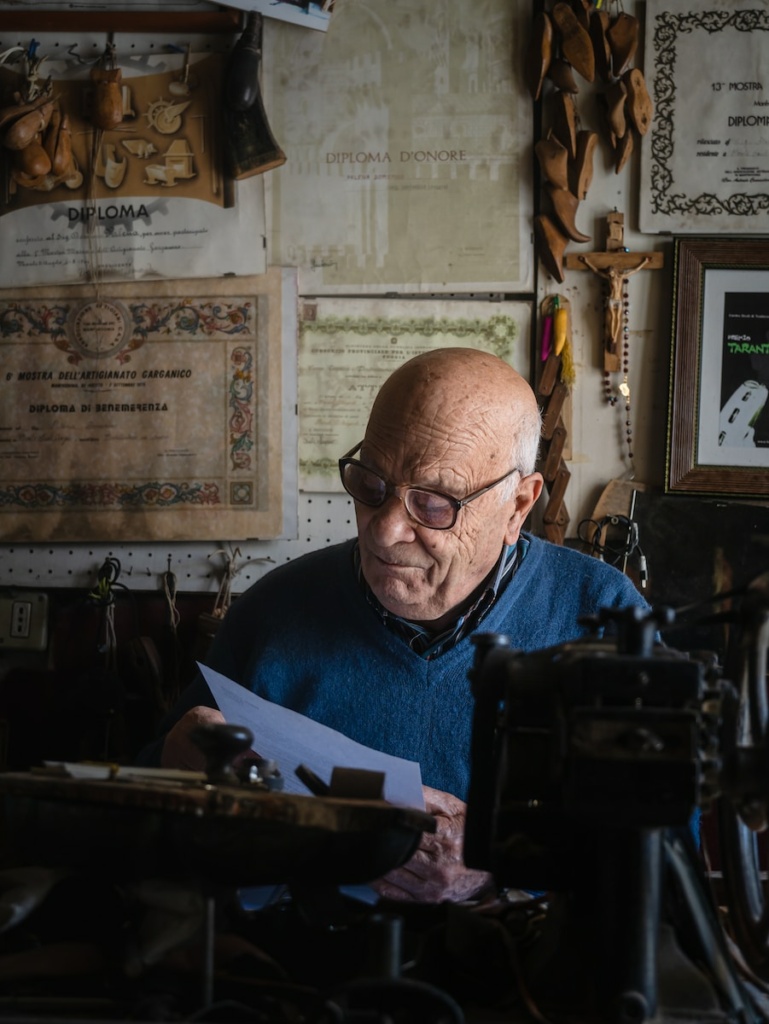
Greetings, fellow movie enthusiasts! Today, let’s delve into the captivating world of screenwriting and explore one of its unsung heroes – subtext. Think of subtext as the whispered secrets and hidden agendas that lurk beneath the surface of a script, adding layers of richness and depth to the narrative. As we embark on this cinematic journey, I’ll unravel the mystique behind subtext, providing insights into its importance and sharing some delicious examples that have left an indelible mark on the silver screen.
Unmasking the Enigma: What is Subtext?

Imagine a screenplay as an iceberg – the visible tip represents the dialogue and actions on the surface, while the massive, submerged part is the subtext. Subtext is the unspoken language, the hidden meanings, and the nuanced emotions that characters convey without explicitly stating them. It’s the beating heart of a well-crafted screenplay, elevating the viewing experience from mere observation to active participation.
The Power of the Unspoken Word
In the realm of effective screenwriting, less is often more. A character’s unexpressed feelings can speak volumes, creating a more immersive and engaging experience for the audience. Take, for instance, the timeless classic “Casablanca.” In the famous scene where Rick (Humphrey Bogart) says, “Here’s looking at you, kid,” the subtext is laden with a complex history of love, regret, and sacrifice. The words themselves are simple, but the subtext transforms them into a poignant and unforgettable moment.
Subtext as Characterization
Subtext is a potent tool for character development. It allows writers to reveal the layers of a character’s personality, motivations, and conflicts without resorting to heavy-handed exposition. Consider the opening scene of “The Godfather.” Don Vito Corleone’s (Marlon Brando) subtle gestures and measured words reveal his power, wisdom, and the intricate web of relationships he navigates. The subtext here paints a vivid picture of a character who operates in shades of gray, making him all the more compelling.
Crafting Conflict with Subtext

Conflict is the lifeblood of any gripping narrative, and subtext is a masterful way to infuse conflict into a scene without resorting to explicit confrontation. Think of the iconic diner scene in “Pulp Fiction.” As Vincent (John Travolta) and Mia (Uma Thurman) engage in seemingly casual banter, the underlying tension, jealousy, and attraction simmer beneath the surface. It’s a brilliant example of how subtext can turn a mundane conversation into a powder keg of emotions.
Hitchcock’s Subtextual Symphony
Alfred Hitchcock, the maestro of suspense, was a virtuoso when it came to utilizing subtext. In “Vertigo,” the romantic tension between Scottie (James Stewart) and Madeleine (Kim Novak) is palpable, even when unspoken. Hitchcock masterfully exploits subtext to heighten the suspense, making the audience active participants in the emotional rollercoaster.
The Subtextual Dance of ‘La La Land’
Moving into more contemporary terrain, “La La Land” offers a modern showcase of subtextual brilliance. In the delicate dance between Mia (Emma Stone) and Sebastian (Ryan Gosling), unspoken dreams, aspirations, and the sacrifices demanded by their careers add layers of complexity to their relationship. The subtext becomes a silent partner in their journey, shaping the narrative in subtle yet profound ways.
The Subtle Art of Subtextual Humor

Let’s not forget the role of humor in subtext. Some of the most memorable comedic moments in film arise from cleverly embedded subtext. Take the irreverent humor of “The Grand Budapest Hotel.” Wes Anderson’s whimsical world is filled with characters whose deadpan delivery and eccentric actions are laden with subtextual wit, creating a comedic symphony that resonates with audiences.
Challenges and Pitfalls of Subtext
While subtext is a powerful ally, it requires finesse to wield effectively. Overly oblique subtext can leave audiences confused, while heavy-handed subtext can feel forced and didactic. Striking the right balance is an art form, requiring a keen understanding of the characters, the story, and the intended emotional impact.
Exploring Subtextual Nuances in “Eternal Sunshine of the Spotless Mind”
One cinematic gem that beautifully encapsulates the power of subtext is “Eternal Sunshine of the Spotless Mind.” In this thought-provoking narrative, Joel (Jim Carrey) and Clementine (Kate Winslet) undergo a procedure to erase memories of each other after a tumultuous relationship. The subtext in their interactions, even after the memory erasure, speaks volumes about the indelible nature of love and the human capacity for connection.
Subtext in Visual Composition

Beyond dialogue and character interactions, subtext extends into the visual realm of filmmaking. Consider the meticulous framing in Christopher Nolan’s “Inception.” The dream-within-a-dream concept not only serves as a narrative device but also carries profound subtext about the layers of reality and the fragility of perception. Nolan’s visual subtext enhances the intellectual depth of the film, creating an immersive experience for the audience.
The Subtextual Symphony of Music
Music, an integral component of filmmaking, is another avenue through which subtext is masterfully conveyed. Take the hauntingly beautiful score of “Schindler’s List” by John Williams. The music serves as a subtextual layer, amplifying the emotional weight of the Holocaust narrative. The delicate notes communicate sorrow, resilience, and humanity’s capacity for both cruelty and compassion.
Expanding the Subtextual Landscape: Diversity and Inclusion
In the evolving landscape of cinema, subtext also plays a crucial role in addressing societal issues. Films like “Moonlight” delve into the subtext of identity, sexuality, and the quest for self-discovery. The unspoken struggles of the protagonist, Chiron, reflect the broader subtextual conversation about the complexities of marginalized experiences. This demonstrates how subtext can be a vehicle for fostering empathy and understanding.
Navigating Subtextual Waters: A Screenwriter’s Challenge
As we navigate the expansive waters of subtext, it’s essential to acknowledge the challenges faced by screenwriters in incorporating this nuanced element. Balancing subtlety and clarity requires a delicate touch. A case in point is the work of Aaron Sorkin, known for his rapid-fire dialogue. Sorkin’s scripts, such as “The Social Network,” are a testament to how subtext can be woven seamlessly into even the most dialogue-heavy narratives.
The Enduring Legacy of Subtext in Cinematic History
In reflecting on the extensive history of cinema, it becomes evident that subtext is not merely a fleeting trend but a timeless element that defines the most enduring films. From the golden age of Hollywood to the digital age of filmmaking, subtext has been the silent companion, shaping narratives, and leaving an indelible imprint on the collective consciousness of audiences.
In Conclusion: Subtext, the Silent Maestro
As we conclude this exploration of the role of subtext in effective screenwriting, it’s clear that this silent maestro is a multifaceted and indispensable aspect of cinematic storytelling. From the unspoken words of classic characters to the visual symphonies orchestrated by directors, subtext enriches the viewing experience, inviting audiences to engage on a deeper, more profound level.
So, here’s to the art of subtext – the unseen architect, the whispered muse, and the timeless companion in the grand narrative of cinema. As we continue our cinematic journey, let’s embrace the subtextual magic that transforms movies from mere entertainment into enduring works of art. Happy watching!


